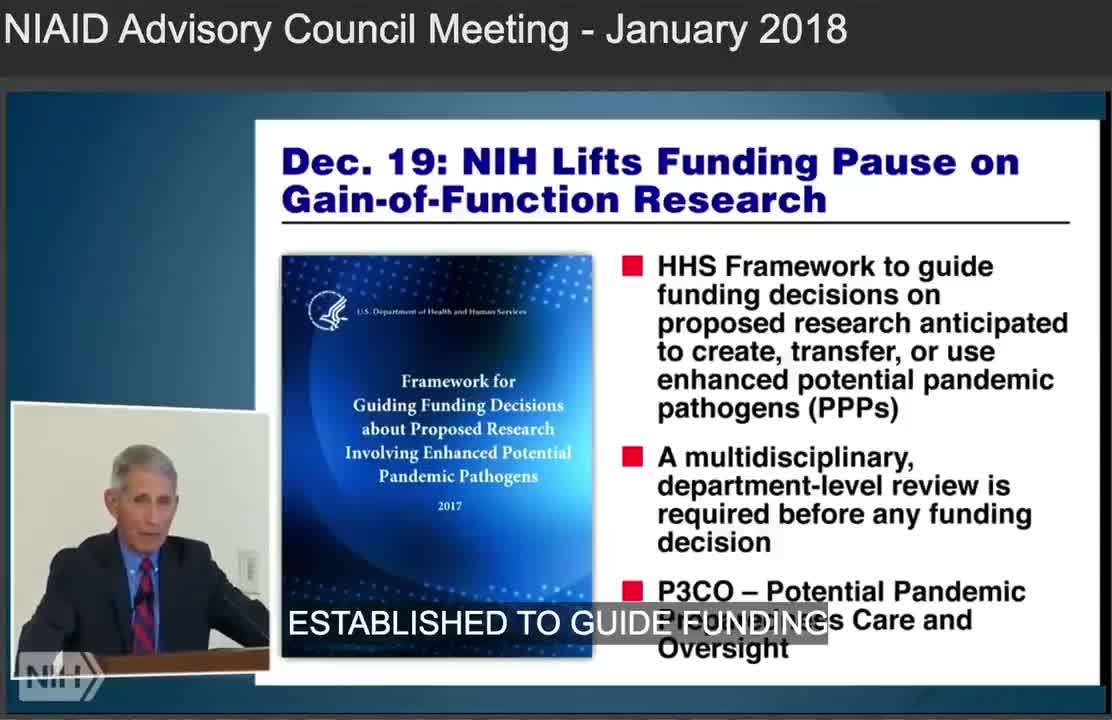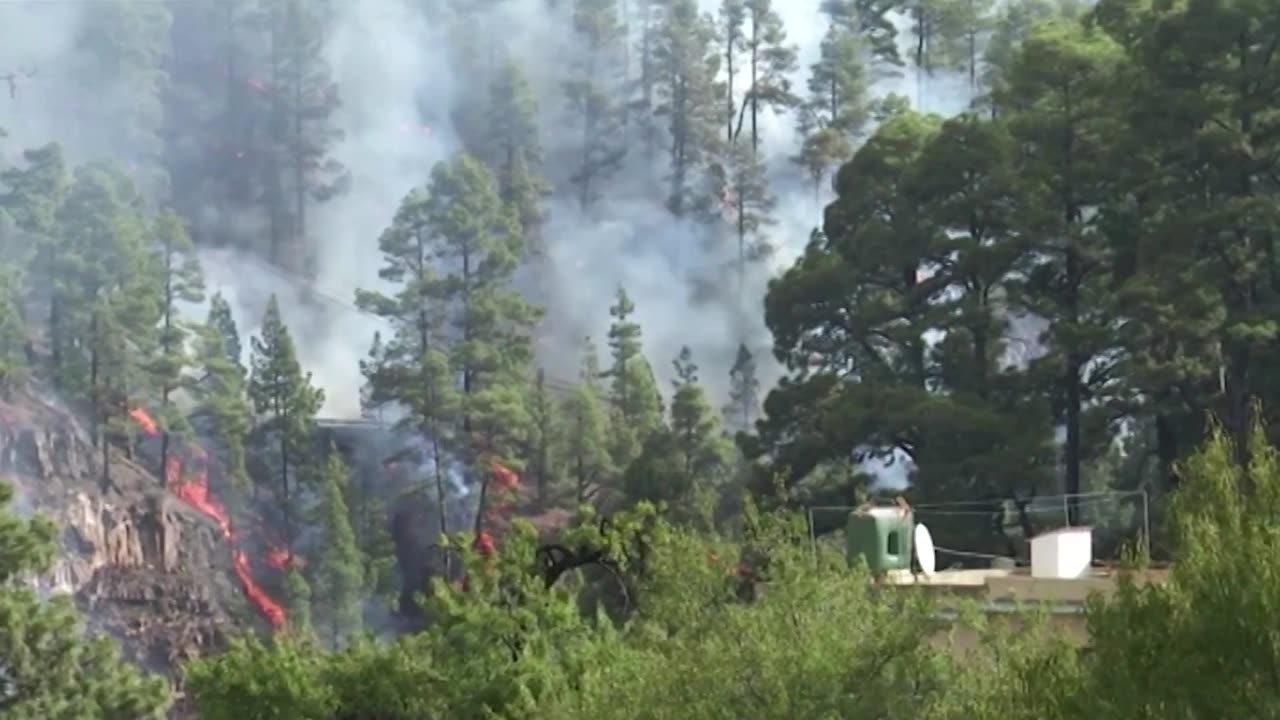“Turks and Caicos is the North Korea of Caribbean Islands”
Earthquakes of the Hawaiian Islands: 1973 - 2018
This animation shows earthquakes within the Hawaiian Islands in sequence as they occurred from January 1, 1973, through December 31, 2018. Prior to 2018 the animation proceeds at a speed of one year per second, but shifts into a “slow motion” rate of one month per second for 2018 to better show the extraordinary seismic activity associated with that year’s new eruptive activity on Kīlauea Volcano. The earthquake hypocenters first appear as flashes then remain as colored circles before shrinking with time so as not to obscure subsequent earthquakes. The initial size of the circle represents the earthquake magnitude while the color represents its depth within the earth. The animation concludes with a summary map showing all of the quakes used in this presentation. For consistency this animation only shows those earthquakes with magnitudes 3.0 or larger, as the NEIC earthquake catalog (link below) rarely includes smaller events in Hawaiʻi prior to 2006. Likewise, the animation begins in 1973 because that is when the NEIC catalog begins to have a enough of events in this region to be useful for showing a time-lapse sequence. This time period includes some noteworthy events: 1973: Honomū, M6.1 1975: Kalapana, M7.7, also generated a tsunami that killed 2 people 1983: Kaōʻiki, M6.7 1989: Puna, M6.5 1996: Lōʻihi Seamount earthquake swarm coincident with summit collapse and crater formation 2006: Kīholo Bay, M6.7 2006: Māhukona, M6.1 2018: Kalapana, M6.9, plus numerous foreshocks, aftershocks, and volcanic activity Instead of plate tectonics, three principal mechanisms cause seismic activity within the Hawaiian Islands. First, movement of magma within volcanoes and other volcanic phenomena (such as explosions) can cause ground shaking. Second, motion along faults within the volcanoes and at the boundary between the volcanoes and the old ocean floor they sit on can generate earthquakes, including the largest ones recorded in Hawaiʻi. And third, the weight of these enormous volcanoes bends the lithosphere (oceanic crust + brittle upper mantle) and sometimes it will break, causing earthquakes. In this animation events recorded within the volcano tend to be shallower and will have “warmer” (red, orange, yellow) colors, while those within the lithosphere tend to be deeper and have “cooler” (blue to violet) colors. For a fuller explanation of the origin of earthquakes in Hawaiʻi please watch this video: https://youtu.be/H0bnaV35Sno For a comparison of historic earthquake magnitudes in Hawaiʻi, please watch: https://youtu.be/k4bUliVLoOY To see an animation of the 1975 Kalapana tsunami , please watch: https://youtu.be/0Ho0BzF2eCY To view details of Big Island earthquake activity, please watch: https://youtu.be/mHCIxd3et5k To view an animation of activity associated with the 2018 Kīlauea eruptions, please watch: https://youtu.be/Pc9hM08uscM This animation uses data from the USGS's National Earthquake Information Center (NEIC): https://earthquake.usgs.gov/earthquakes/search/

















































